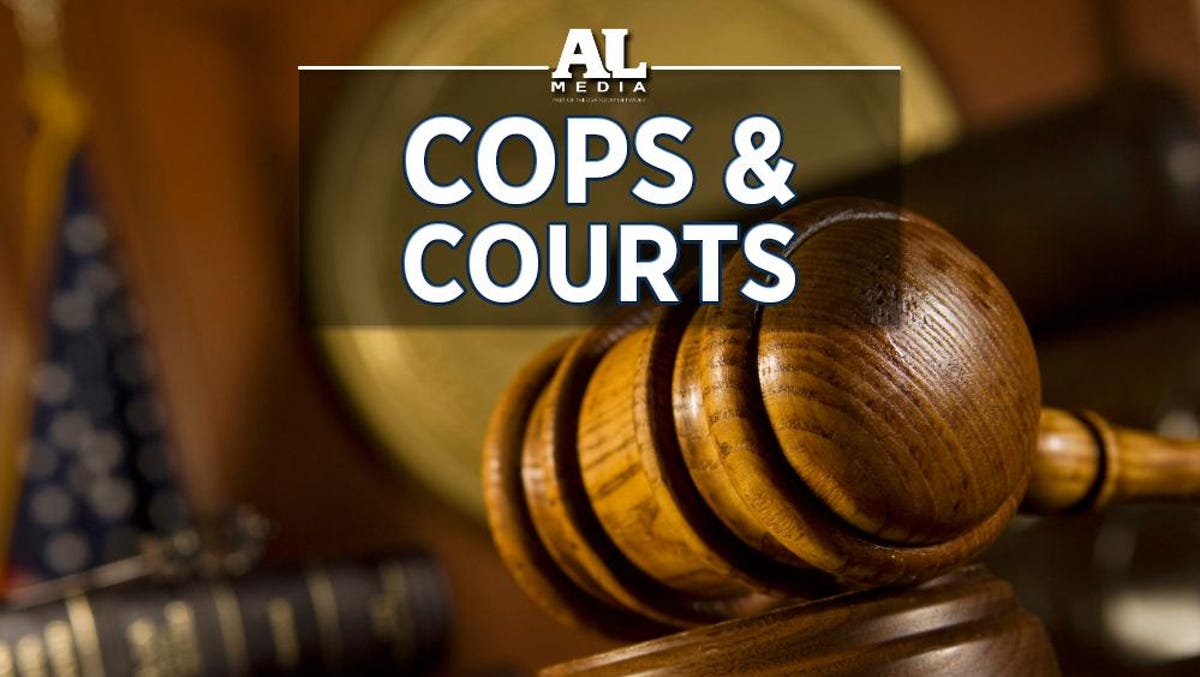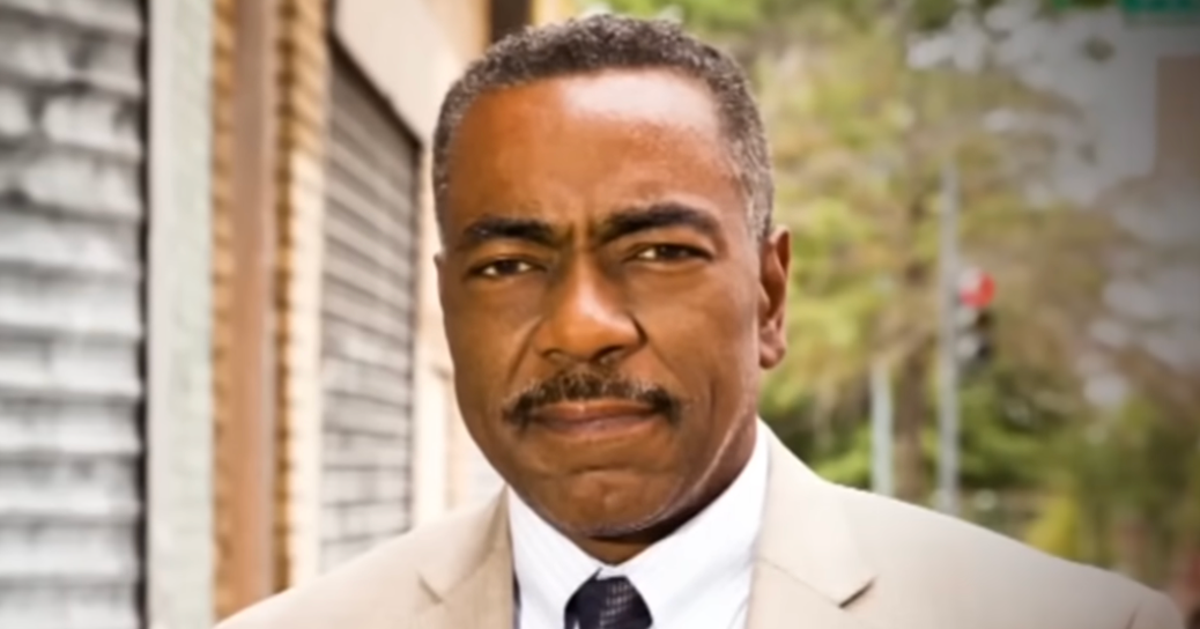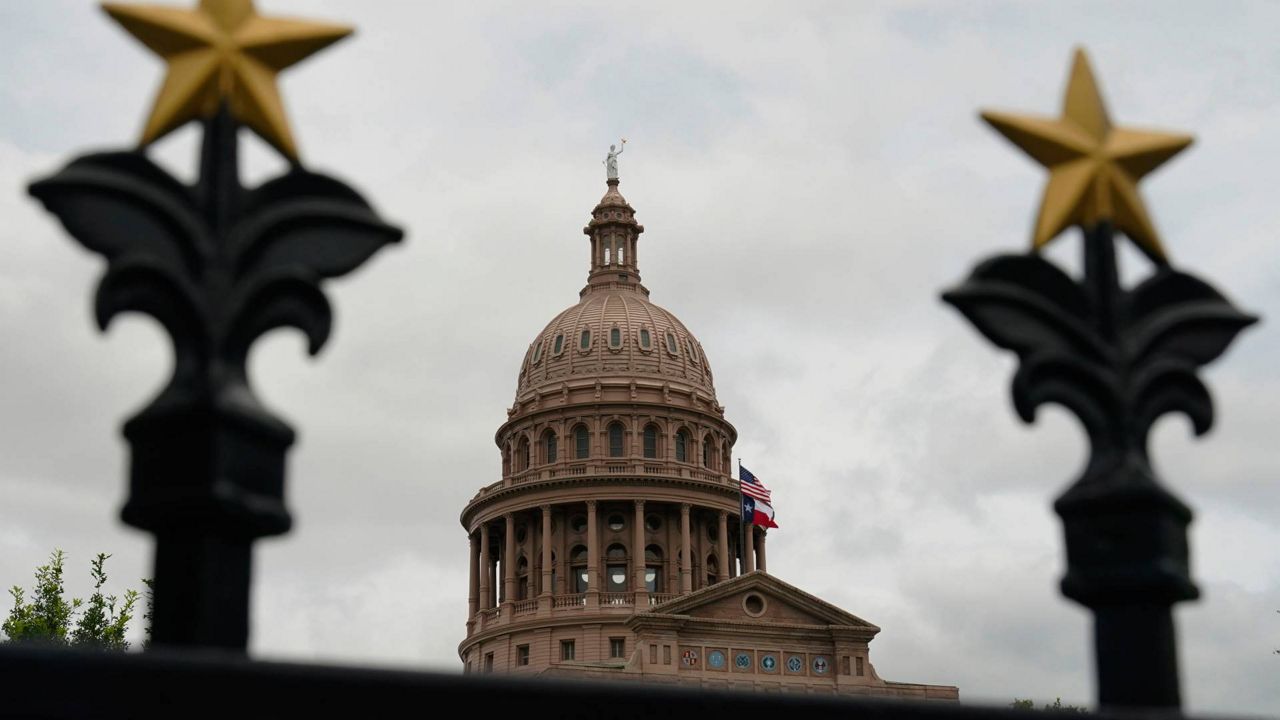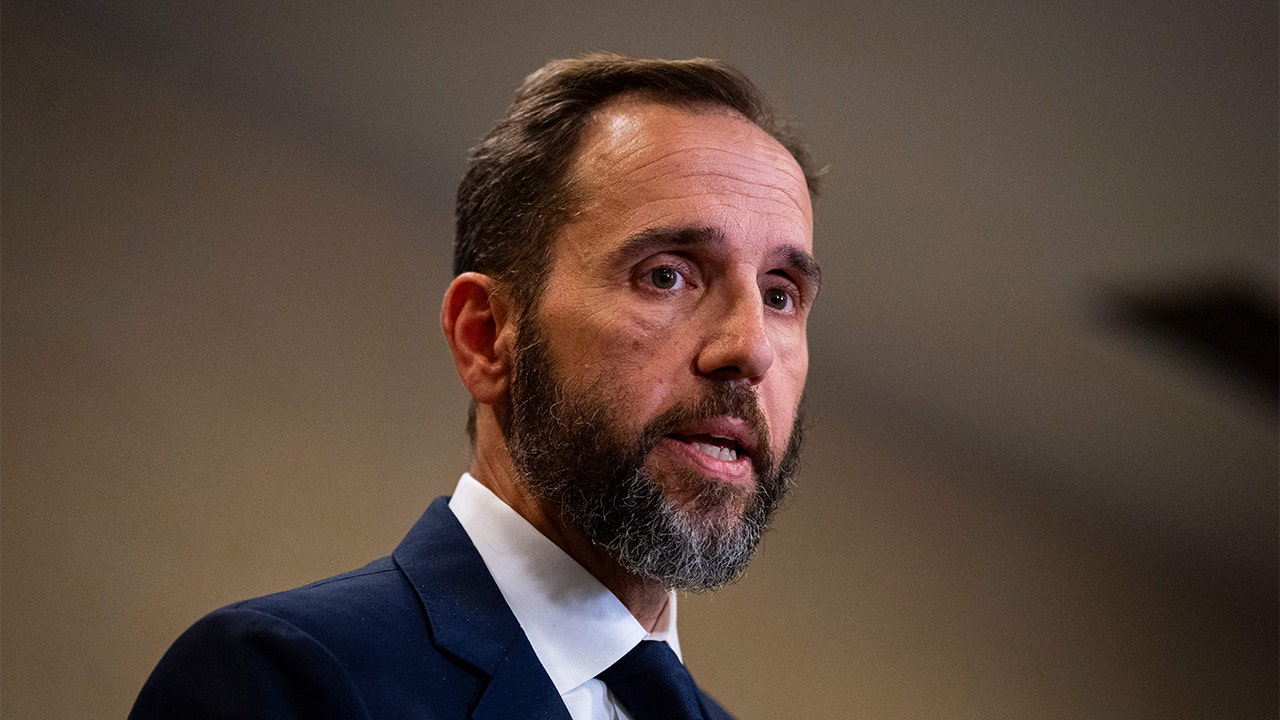South Dakota
Microsoft outage affects South Dakota

SIOUX FALLS, S.D. (KELO) — A Microsoft outage is affecting South Dakota.
Dan Letellier with the Sioux Falls Regional Airport said Delta and United Flights are delayed.
He recommends travelers check their airline website for updated flight information.
The Rapid City Regional Airport said on its X account, that because of the “global technology issues impacting multiple airlines, we anticipate significant delays throughout the day. We ask customers to verify your flight status with your airline prior to heading to the airport.”
The city of Sioux Falls posted on its Facebook page that its website is affected by the Crowdstrike outage. The city said it is working with vendors to restore access as soon as possible.
The city said customer self service is working
The airport’s website is apparently having issues as flight statuses have not been updated this morning, Letellier speculated the issues are related to the outage.
The outage is a Microsoft outage linked to Crowdstrike, multiple media are reporting.
The outage has caused issues around the world. Long lines formed at airports in the U.S., Europe and Asia as airlines lost access to check-in and booking services. Cybersecurity firm CrowdStrike says that the issue believed to be behind the outage was not a security incident or cyberattack.

South Dakota
Landowners appeal Summit carbon storage decision • South Dakota Searchlight

A group of North Dakota landowners is appealing the state’s approval of an underground carbon storage area for Summit Carbon Solutions, the company attempting to build the world’s largest carbon capture and storage project.
The group represented by Bismarck attorney Derrick Braaten on Thursday filed the appeal in Burleigh County District Court, asserting that the North Dakota Industrial Commission withheld information and violated state law in approving the storage permit plan on Dec. 12.
The permanent underground carbon storage sites in western North Dakota are a key piece of Summit’s planned five-state pipeline network (including South Dakota) capturing greenhouse gas emissions from ethanol plants. Approving the storage wells was one of the last decisions of Gov. Doug Burgum as chair of the Industrial Commission, which also included Attorney General Drew Wrigley and Agriculture Commissioner Doug Goehring.
State schedules public input meetings on Summit carbon pipeline application
The unanimous vote by the commission means that landowners who had not signed an agreement with Summit will be forced to allow the carbon storage on their property.
The landowners assert that the Industrial Commission, which includes the state Department of Mineral Resources, illegally refused to disclose information to landowners under North Dakota open records laws. Braaten and his clients were seeking computer-generated models that predict where the carbon dioxide will go when it is pumped underground for permanent storage.
The appeal says former Department of Mineral Resources Director Lynn Helms refused to provide the models before, during and after public hearings on the case in June, shortly before Helms retired.
The order passed by the Industrial Commission said that if any open records requests were not fulfilled, it is because the Braaten Law Firm did not inform the agency that it had not received the records.
“That’s a lie,” Braaten told the North Dakota Monitor.
The appeal said Braaten’s firm was able to obtain the records in November. Braaten contends the computer models aren’t accurate but landowners were not given a chance to dispute that. He said multiple requests for a rehearing were ignored.
Another issue raised in the appeal are the state’s rules on underground storage. Under a process called amalgamation, if 60% of the landowners in a proposed storage area agree to the plan, the state can force the other 40% to comply.
Summit has obtained more than 92% of the pore space lease agreements across all three areas, according to the order approved in December.
GET THE MORNING HEADLINES.
After the commission’s Dec. 12 decision, Summit Executive Vice President Wade Boeshans said the permits resulted from “years of rigorous scientific study, engineering design, and input from regulators, landowners, and local leaders.”
Braaten also is representing the Northwest Landowners Association that has a separate lawsuit before the North Dakota Supreme Court on the amalgamation issue that he contends is unconstitutional.
He said a ruling on either that lawsuit or the storage decision appeal should clarify the constitutionality of the rules.
Braaten’s law firm also is representing Emmons County in a separate legal challenge to the state Public Service Commission’s approval of the pipeline route through North Dakota. Emmons County and Burleigh County are challenging the PSC’s interpretation of state law that concluded state zoning rules preempt local ordinances on where pipelines are allowed.
Another group of landowners also is appealing the PSC permit decision.
Braaten said those appeals may be combined into one case.
South Dakota
Former South Dakota DSS employee indicted for allegedly stealing voucher to buy groceries

A former South Dakota Department of Social Services employee was indicted on one count of social services fraud Thursday, according to a press release from the South Dakota Attorney General’s Office.
Amalia Escalante Barrientos, 28, allegedly used a stolen DSS voucher to purchase groceries for personal use, according to the press release. The incident occurred at a Brookings business Oct. 11.
The Brookings woman has not yet appeared for an initial hearing, according to Minnehaha County court documents.
According to Open SD, Barrientos’ wage is listed at $26.58 hourly.
If convicted, Barrientos could serve up to one year in the county jail, a $2,000 fine, or both, according to the press release.
South Dakota
South Dakota Lottery Powerball, Lucky For Life results for Jan. 8, 2025
The South Dakota Lottery offers multiple draw games for those aiming to win big. Here’s a look at Jan. 8, 2025, results for each game:
Winning Powerball numbers from Jan. 8 drawing
01-20-36-38-43, Powerball: 24, Power Play: 2
Check Powerball payouts and previous drawings here.
Winning Lucky For Life numbers from Jan. 8 drawing
13-14-24-37-38, Lucky Ball: 13
Check Lucky For Life payouts and previous drawings here.
Winning Lotto America numbers from Jan. 8 drawing
04-15-33-39-41, Star Ball: 07, ASB: 02
Check Lotto America payouts and previous drawings here.
Winning Dakota Cash numbers from Jan. 8 drawing
05-15-25-26-33
Check Dakota Cash payouts and previous drawings here.
Feeling lucky? Explore the latest lottery news & results
Are you a winner? Here’s how to claim your prize
- Prizes of $100 or less: Can be claimed at any South Dakota Lottery retailer.
- Prizes of $101 or more: Must be claimed from the Lottery. By mail, send a claim form and a signed winning ticket to the Lottery at 711 E. Wells Avenue, Pierre, SD 57501.
- Any jackpot-winning ticket for Dakota Cash or Lotto America, top prize-winning ticket for Lucky for Life, or for the second prizes for Powerball and Mega Millions must be presented in person at a Lottery office. A jackpot-winning Powerball or Mega Millions ticket must be presented in person at the Lottery office in Pierre.
When are the South Dakota Lottery drawings held?
- Powerball: 9:59 p.m. CT on Monday, Wednesday, and Saturday.
- Mega Millions: 10 p.m. CT on Tuesday and Friday.
- Lucky for Life: 9:38 p.m. CT daily.
- Lotto America: 9:15 p.m. CT on Monday, Wednesday and Saturday.
- Dakota Cash: 9 p.m. CT on Wednesday and Saturday.
This results page was generated automatically using information from TinBu and a template written and reviewed by a South Dakota editor. You can send feedback using this form.
-

 Business1 week ago
Business1 week agoThese are the top 7 issues facing the struggling restaurant industry in 2025
-

 Culture1 week ago
Culture1 week agoThe 25 worst losses in college football history, including Baylor’s 2024 entry at Colorado
-

 Sports1 week ago
Sports1 week agoThe top out-of-contract players available as free transfers: Kimmich, De Bruyne, Van Dijk…
-

 Politics1 week ago
Politics1 week agoNew Orleans attacker had 'remote detonator' for explosives in French Quarter, Biden says
-

 Politics1 week ago
Politics1 week agoCarter's judicial picks reshaped the federal bench across the country
-

 Politics5 days ago
Politics5 days agoWho Are the Recipients of the Presidential Medal of Freedom?
-

 Health4 days ago
Health4 days agoOzempic ‘microdosing’ is the new weight-loss trend: Should you try it?
-

 World1 week ago
World1 week agoIvory Coast says French troops to leave country after decades















